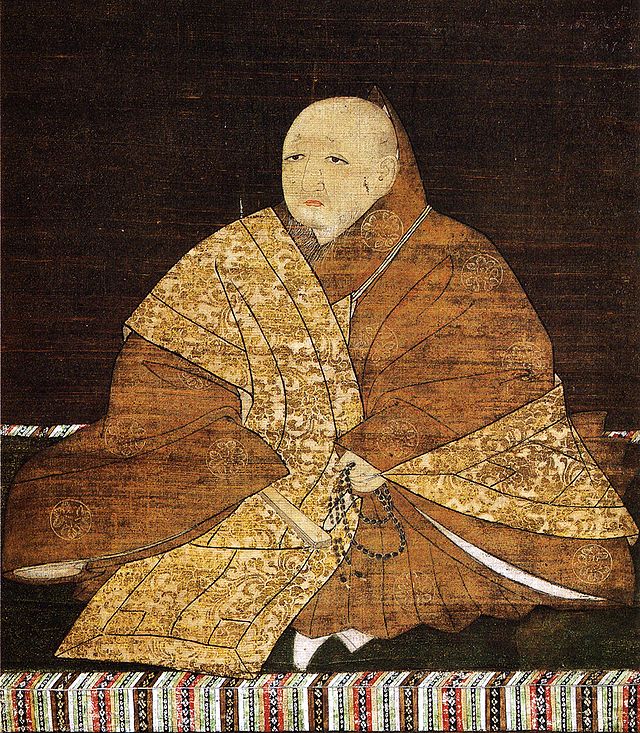Ashikaga Yoshimitsu: Difference between revisions - Wikipedia
 Article Images
Article Images
Content deleted Content added
Line 61: Although Yoshimitsu retired in 1394 and his son was confirmed as the fourth shogun [[Ashikaga Yoshimochi]], the old shogun did not abandon any of his powers. Yoshimitsu continued to maintain authority over the shogunate until his death.<ref name="titsingh325">Titsingh, {{Google books|18oNAAAAIAAJ|p. 325.|page=325}}</ref> Yoshimitsu also played a major role in the genesis of Noh theatre, as the patron of [[Zeami Motokiyo]], the actor considered to be Noh's founder. Yoshimitsu died suddenly in 1408<ref name="titsingh325"/> at age 50.<ref>Turnbull, [https://books.google.com/books?id=EfevtkR8pJkC&pg=PA31 p. 32.]</ref> After his death, his retirement villa (near Kyoto) became [[Rokuon-ji]], which today is famous for its three-storied, gold-leaf covered reliquary known as "Kinkaku". So famous is this single structure, in fact, that the entire temple itself is often identified as the [[Kinkaku-ji]], the Temple of the Golden Pavilion. A statue of Yoshimitsu is found there today.<ref>Pier, Garrett. (1915). {{Google books|3wBDAAAAIAAJ|''Temple Treasures of Japan,'' pp. 228–237.|page=228}}</ref> | |||